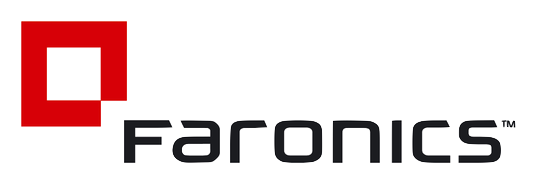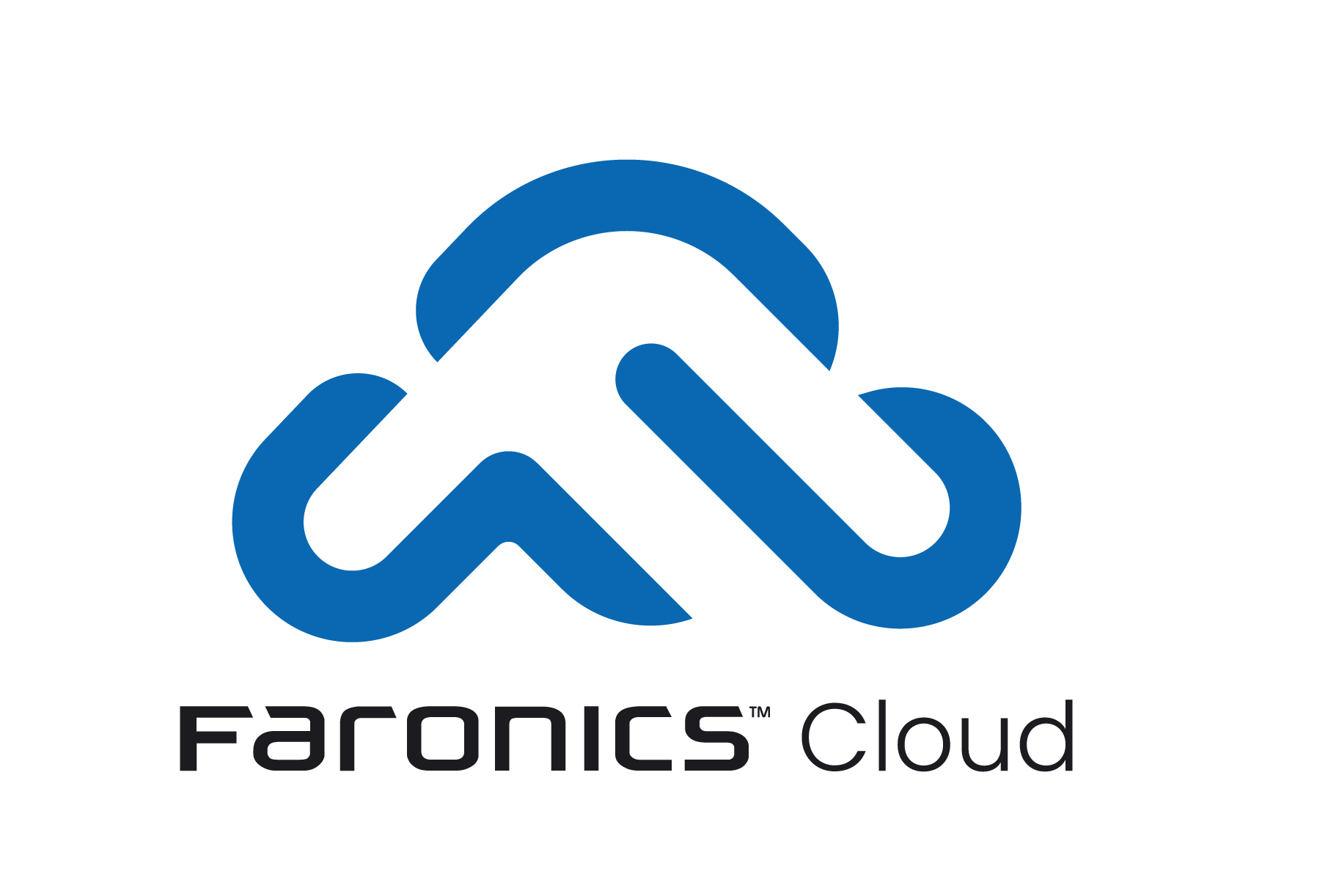Is your education IT department operating at peak efficiency? In today’s digital age, educational institutions rely heavily on technology to deliver effective teaching and learning experiences. However, many fall short when it comes to optimising their IT departments.
To stay competitive and provide a seamless digital learning environment, educational organisations need to evaluate the efficiency of their IT departments regularly. This involves assessing various factors such as software and hardware management, cybersecurity protocols, data storage, and user support.
In this article, we will explore the importance of having an efficient education IT department and how it impacts the overall success of a school, college or university. We will also discuss best practices to enhance the efficiency of your team, ensuring it meets the evolving needs of students, teachers, and administrators.
The importance of an efficient education IT department
An efficient IT department plays a pivotal role in supporting teaching, learning, and administrative processes by providing reliable and secure technological infrastructure. Here are some key reasons why efficiency in education IT is paramount:
- Enhanced teaching and learning: A well-functioning IT department ensures that teachers have the necessary tools and resources to deliver engaging lessons and facilitate effective learning experiences for students, without interruption. From digital learning platforms to interactive whiteboards, technology integration in the classroom relies on a seamless IT support system.
- Improved student experience: Students are totally reliant on technology for their coursework, research, and communication. An efficient IT department ensures that students have access to reliable hardware with completely up-to-date OS and software, enabling them to fully engage with their studies and make the most of digital resources.
- Cybersecurity and data protection: Educational institutions handle a vast amount of sensitive data, including student records, financial information, and research data. An efficient IT department implements robust cybersecurity protocols, and automates updates to protect against cyber threats and ensure data privacy.
- Cost optimisation: A productive IT department can help educational institutions optimise their technology-related expenses. By implementing effective software and hardware management strategies, institutions can maximise efficiency by not wasting any money on software they don’t need, and make the best possible decisions about hardware lifecycles, informed by up-to-the-minute information readily available.

Common challenges faced by education IT departments
While the benefits of an efficient education IT department are clear, there are several common challenges that these departments often face. Understanding these challenges can help institutions identify areas for improvement and devise effective strategies. Here are some common challenges in education IT:
- Limited budgets: Schools especially tend to operate with stretched resources, which can pose challenges when it comes to investing in the latest technologies and upgrading infrastructure. IT departments must find innovative ways to maximise their resources and prioritise investments that have the most significant impact.
- Diverse user needs: Educational institutions serve a diverse range of users, including students, teachers, administrators, and support staff. Each group has unique technology requirements, making it challenging for IT departments to meet everyone’s needs effectively.
- Legacy systems and infrastructure: Many educational institutions still rely on outdated legacy systems and infrastructure, which can be slow, unreliable, and difficult to maintain. Upgrading these systems can be a significant undertaking, requiring careful planning and resource allocation.
- Security and compliance: Educational institutions are attractive targets for cybercriminals due to the sensitive data they hold. IT departments must stay vigilant against evolving cyber threats and ensure compliance with data protection regulations.
- Technical support and training: Providing timely technical support and training to users is a crucial aspect of an efficient IT department. However, limited resources and time constraints can make it challenging to meet the support needs of all users.
Assessing the efficiency of your education IT department
Before implementing strategies to enhance efficiency, it is essential to assess the current state of your education IT department. This evaluation will help identify strengths, weaknesses, and areas for improvement. Here are some key aspects to consider when assessing efficiency:
- Software and hardware management: Assess how effectively your IT department manages software licenses, updates, and hardware inventory. Are there any redundant or underutilised resources that can be optimised or retired? Implementing a centralised system for managing software and hardware assets can streamline this process.
- Cybersecurity protocols: Review your institution’s cybersecurity protocols and ensure they align with best practices. Evaluate your security measures, data encryption policies, and access controls to protect against cyber threats.
- User support and training: Survey users to gauge their satisfaction with the support and training provided by the IT department. Identify any recurring issues or training gaps that need to be addressed. Consider implementing a ticketing system to streamline support requests and provide self-help resources.
- Data storage and backup: Evaluate your data storage solutions and backup processes to ensure data integrity and availability.

How Faronics Cloud Deep Freeze optimises and secures education IT departments
The most powerful tool to enhance the efficiency and security of education IT departments is Faronics Cloud Deep Freeze, offering several major benefits:
- Instant system restore: Faronics Cloud Deep Freeze allows IT departments to instantly restore systems to their desired state with a simple reboot. This feature eliminates the need for time-consuming troubleshooting and re-imaging, ensuring minimal downtime for users.
- Centralised control and management: With Faronics Cloud Deep Freeze, IT administrators can remotely manage and control multiple devices from a centralised dashboard. This eliminates the need for physical access to each device, saving time and resources.
- Enhanced security: Faronics Cloud Deep Freeze protects devices from unauthorised changes and malware infections. By reverting systems to a known, safe state upon reboot, it ensures the integrity and security of IT infrastructure.
- Reduced IT support tickets: By preventing system configuration issues and malware infections, Faronics Cloud Deep Freeze reduces the number of IT support tickets generated. This frees up IT staff to focus on more critical tasks and provides a smoother user experience.
- Forget about OS and software updates: If you’re spending significant time packaging updates, you can completely automate the whole process (with zero disruption to students or teachers) to focus on something else instead.
To find out more, watch our webinar on Youtube.







